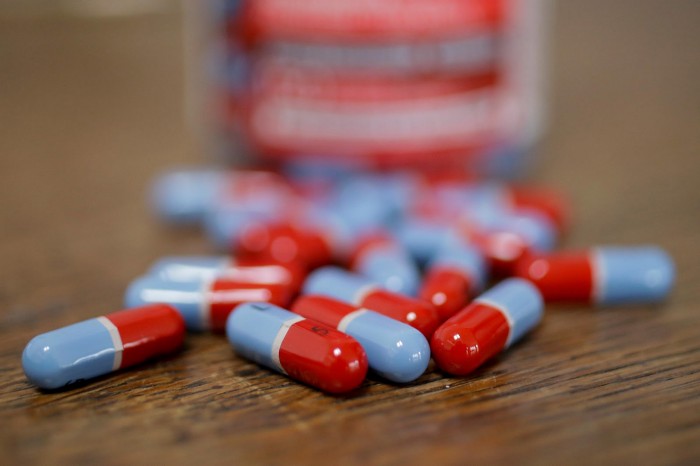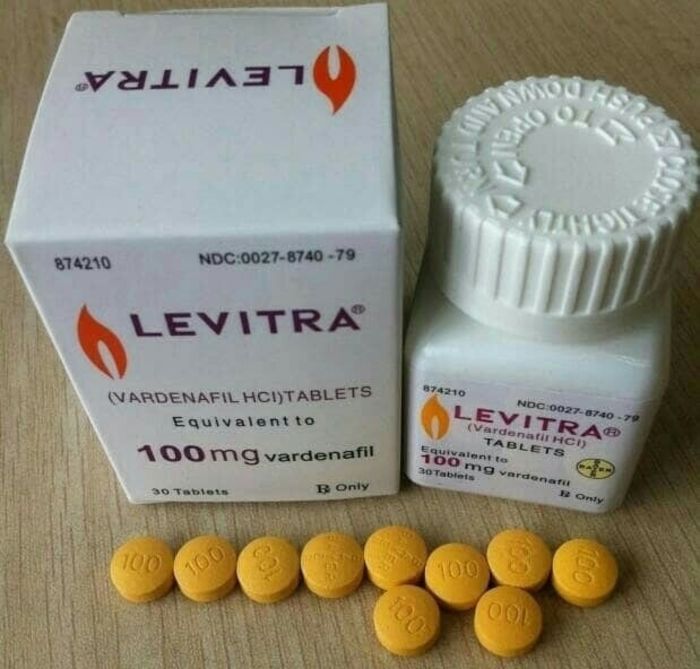
It’s rare for people to become addicted to opioids if the drugs are used to treat pain for a short period of time. However, they can be extremely addictive, and doctors will try to find alternatives to prescribing them.

Opioids are effective for severe pain and do not cause bleeding in the stomach or other parts of the body, as can some other types of pain relievers.

Opioids are often used for acute pain, such as short-term pain after surgery. Opioids are narcotic pain medications that contain natural, synthetic, or semi-synthetic opiates. Another way to minimize these side effects is to give the steroid by injection to target the particular problem area. To minimize these potential side effects, corticosteroids are prescribed in the lowest dose possible for as short of a length of time as needed to relieve the pain. Prescription corticosteroids are strong medicines and may have serious side effects, including: Examples include methylprednisolone, prednisolone, and prednisone. When used to control pain, they are generally given in the form of pills or injections that target a certain joint. Corticosteroids can be used to treat allergies, asthma, and arthritis. Prescription corticosteroids provide relief for inflamed areas of the body by easing swelling, redness, itching, and allergic reactions. Anticonvulsants (anti- seizure medications).Prescription medicines to treat pain include:

Some examples of topical pain relievers include Aspercreme, BenGay, capsaicin cream, diclofenac gel, and Icy Hot.
PAIN MEDICATION SKIN
These products include creams, lotions, or sprays that are applied to the skin in order to relieve pain from sore muscles and arthritis. Topical pain relievers are also available without a doctor's prescription. Taking a large amount at once intentionally or accidentally is a medical emergency. Taking acetaminophen regularly at high doses can cause a liver problem.

Using NSAIDs regularly, especially at high doses, increases the risk of heart attacks and strokes and can also cause stomach ulcers and bleeding. Acetaminophen works on the parts of the brain that receive the "pain messages." NSAIDs are also available in a prescription strength that can be prescribed by your doctor. NSAIDs relieve pain by reducing the production of prostaglandins, which are hormone-like substances that cause pain and inflammation. Acetaminophen and NSAIDs also work differently. Nonsteroidal anti-inflammatory drugs ( NSAIDs), including ibuprofen, naproxen, and diclofenac gelīoth acetaminophen and NSAIDs reduce fever and relieve pain caused by muscle aches and stiffness, but only NSAIDs can also reduce inflammation (swelling, heat, redness related to an injury, and irritation).Over-the-counter (OTC) pain relievers include: And always follow the directions on the label or your doctor’s prescription. It’s best to start with the safest drugs at the lowest effective dose for the shortest amount of time and work up from there as needed.īe aware of possible side effects and interactions with other drugs and supplements you take. They’re powerful drugs, so it's important to use them with care. Pain medicines, whether they’re over-the-counter or prescription strength, can help you manage chronic pain and other kinds of pain.


 0 kommentar(er)
0 kommentar(er)
